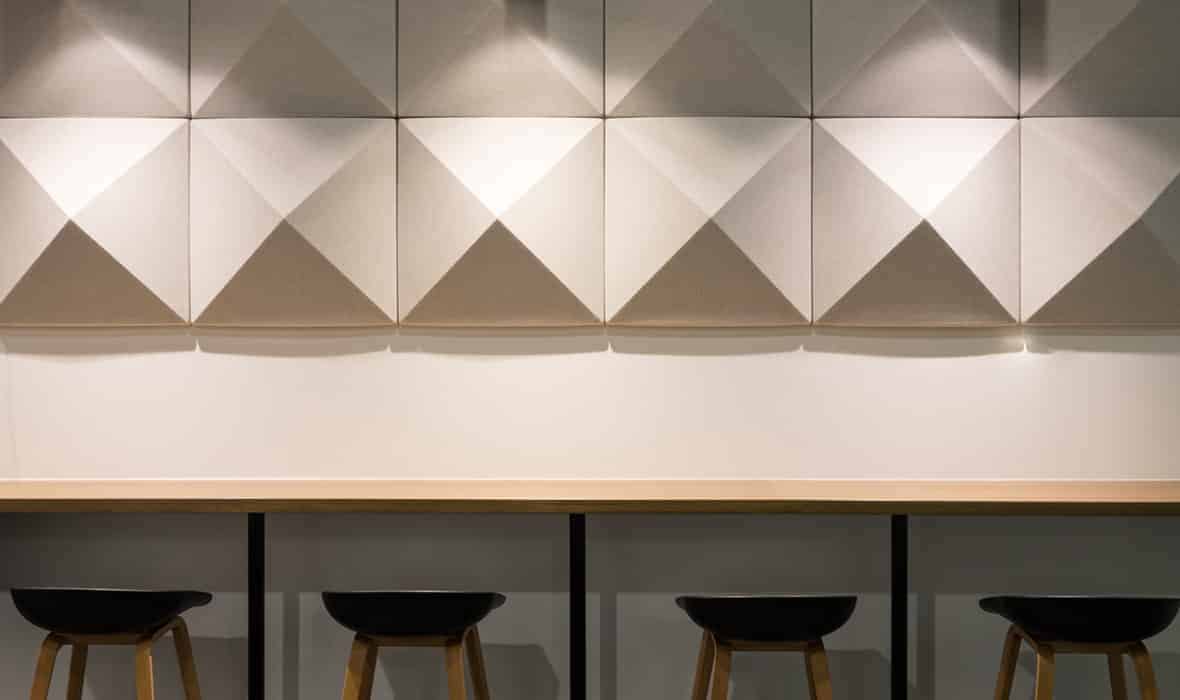- 0
No products in the cart.
How to Soundproof a Room: Complete Guide [2025 Update]
How to Soundproof a Room?
How to Soundproof a room from outside noise?
How to Soundproof a room cheaply?
These are the questions people often ask us.
That’s not so surprising given that We all feel more comfortable in a well soundproofed space.
In this guide we’re going to answer all those room soundproofing questions and many more, including:-
- Understanding Soundproofing Basics – Essential to know before you begin.</a >
- Which rooms need soundproofing</a >
- Soundproofing Studios
- Home Theater Soundproofing
- Soundproof a Home Office
- How to Soundproof a Bedroom, Bathrooms or Laundry Room</a >
- How to Soundproof a room already built</a >
- Additional Tips for How to Soundproof a Room</a >
Understanding Soundproofing Basics:
The first thing to know is that asking ‘How to soundproof a room’ is like asking ‘How long is a piece of string?’ The possible answers are numerous, depending on the purpose of the string or the reason for soundproofing the room.
For instance, a recording studio requires a lot more time and money than a laundry room. Moreover, to soundproof an existing wall requires a different approach than a wall under construction.
Consequently, the starting point for any soundproofing project is to ask yourself “what do I mean by soundproof? Do I mean stopping sound entering or leaving the room, controlling sound within the room or both? The second question to answer is what type of sound am I dealing with, airborne sound, impact sound or both?
Regardless of your goal, you will need to employ 1 or more of the basic soundproofing methods of Block, Absorb, Dampen or Decouple.
Although people sometimes debate these terms, we will define them for our purposes as:
Sound Blocking = blocking sound from traveling through walls / floors or ceilings by adding mass to the structure.
Sound absorption = Adding fibrous materials to walls, ceilings or floors to absorb and control sound within the space.
Sound dampening = reducing the vibrational energy of soundwaves to prevent them from traveling through walls / ceilings or floors
Sound decoupling or Isolation = decoupling elements of the construction to prevent sound waves traveling between them.
Knowing which actions to use and when will be critical to getting a good result, and will also determine which products to use.
To get a deeper understanding of types of sound and the associated soundproofing method you can check out Sound Proof Guide here</a >
Which Rooms Need Soundproofing?
The truth is there is no hard and fast rule, you can soundproof any room in your house that you feel will benefit from it. We believe that soundproofing all rooms will create a much more comfortable living space. However, some rooms are more important than others. so to get an understanding of the specifics for each room we delve a little deeper.
We start with the most complex:
Soundproofing Studios
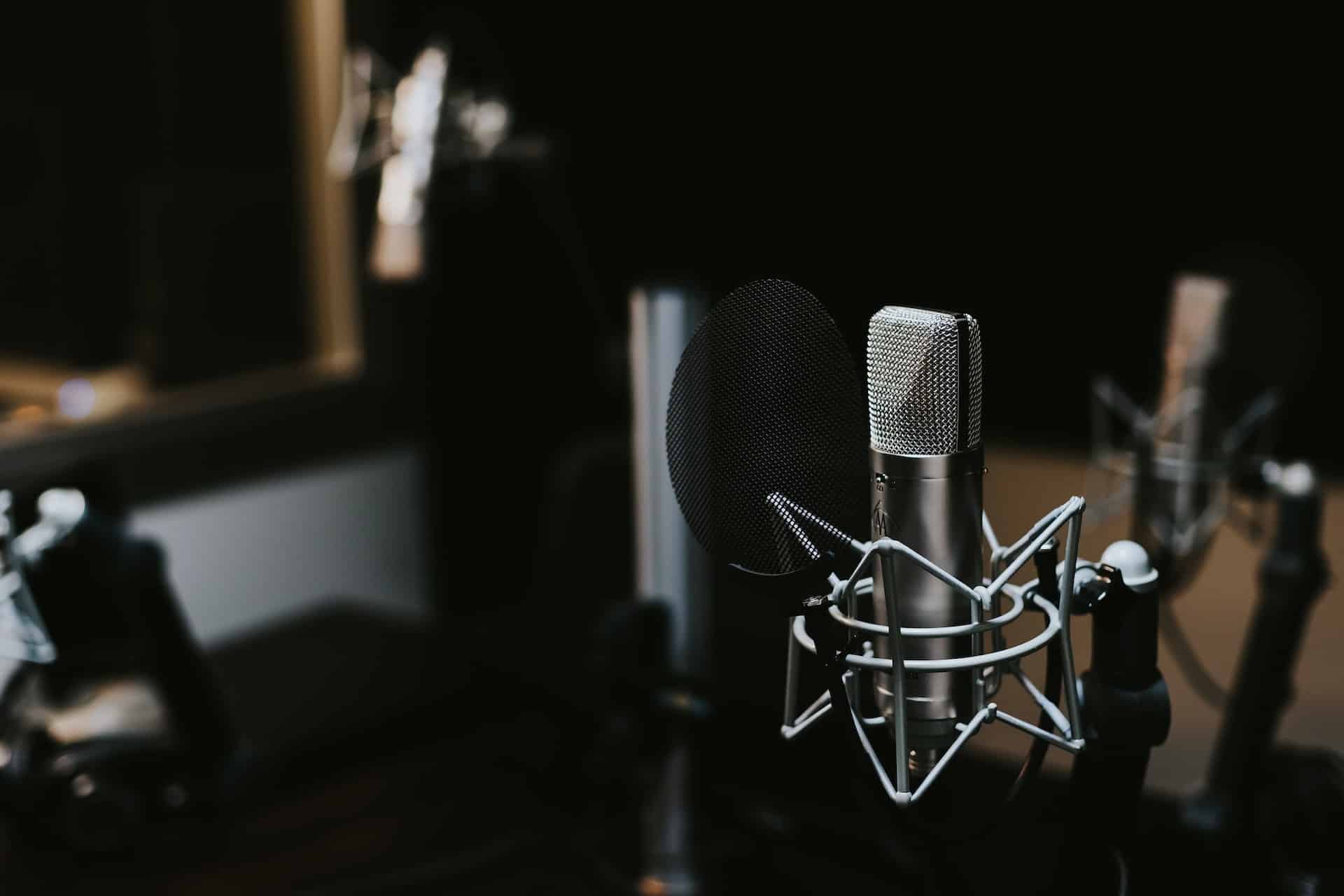

Soundproof a Recording Studio
In the case of a recording studio, you would ideally want to build a ‘room within a room’, as explained above.
We typically construct both rooms from timber frames, high density acoustic batts, Mass Loaded Vinyl and acoustic plasterboard.
We would seas all gaps around doors, windows or electrical fittings to prevent sound waves from wriggling in.
In addition to block the sound coming in & going out of the studio, we would also add sound absorption panels to the walls. This helps to control the reverb and creates a clean environment for recording.
Our recommended soundproofing materials would include:
- Mass Loaded Vinyl</a >,
- resilient mount clips,
- heavy density acoustic plasterboard
- heavy density acoustic insulation’s such as acoustic polyester, Rock-wool or Glasswool.
- Needle punched, thermobonded polyester acoustic panels.
Free Quote is on us!
Soundproof a Home Theater Room


Soundproof a Home Theater Room
To soundproof a home theater, you usually don’t need to build a “room within a room.” Instead, focus on creating solid walls that don’t vibrate. These walls should include:
- Heavy-density acoustic insulation inside the walls to absorb sound.
- A lining of Mass Loaded Vinyl or similar heavy sound-dampening material to block sound.
- We recommend using an acoustic plasterboard
For added effectiveness, use resilient mount clips to decouple the acoustic plasterboard from the studwork. This setup creates a vibration break between the plasterboard and the studs, further reducing sound transmission.
Soundproofing a Home Office


Soundproofing a Home Office
Working from home requires a quiet study or home office free from distractions. Loud neighbors, energetic kids, lawnmowers, or street noise can disrupt your focus and reduce productivity. Proper soundproofing can make a BIG difference, helping you stay productive.
To soundproof a home office, follow the same steps recommended for a home theater as above. The use of resilient mounts and polyester wall panels would be optional.
Proper home office soundproofing works both ways. It prevents ringing phones or loud conversations from disturbing the family. But also, preventing household noise from entering your home office sanctuary will keep you sane.
How to Soundproof a Bedroom, Bathroom or Laundry Room etc


Soundproof your bedrooms for a peaceful time with your family
Builders often overlook soundproofing bedrooms and bathrooms during new home construction, focusing budgets elsewhere. Adding soundproofing later becomes more expensive and challenging, so planning for it during construction makes sense.
Adding acoustic insulation during construction costs little compared to the total home budget and provides lasting comfort for years
- Bedrooms are one space where soundproofing is essential. Your bedroom should be tranquil and restful to help you unwind from a busy day and get a good sleep. The minimum we recommend is using a high quality acoustic insulation batt within the walls. The Soundbreak 90mm Batts are ideal.
- Bathrooms – The benefit of having a soundproofed bathroom is obvious. It’s reassuring to know that bathroom sounds stay private, even if everyone knows what happens in there. Using a high quality Acoustic Insulation batt within the walls is a must.
Showers and flushing sounds can also disturb anyone who is trying to sleep in the next room. For bathrooms, we highly recommend soundproofing waste pipes using Nuwrap5 Pipe lagging.
- Laundry rooms– The sounds of a noisy washing machine or dryer are all too familiar in many homes. Soundproofing the laundry room is important to eliminate loud spinning, whirring, banging and beeping noises to ensure peace & quiet.
How to Soundproof a Room That is Already Constructed
Without doubt the best, most economical time to soundproof any room is during construction. Luckily, we are seeing more & more people invest in their peace & quiet when buying new homes.
But what if you buy a home that doesn’t have soundproofing. Can you do anything about it or are you doomed to a noisy life forever?
Well don’t despair, there are things you can do! Depending on the level of soundproofing required and the budget available, here are the steps we recommend.
- Controlling echo in noisy open plan spaces: In modern, open plan homes noisy echo can often be a problem. Especially in large areas with hard floors.
- To decrease sound bouncing around, the staring point would be to add more soft furnishing, like heavy curtains, carpets to quieten the room.
- A next step would be to add sound absorbing acoustic tiles, externally mounted to walls and ceilings. These can be decorative and strategically placed.
- Reducing Noise between rooms: To reduce sound entering or exiting a space, the solution is to increase the mass of the walls. The easiest way to add mass to anything is by using Mass Loaded Vinyl.
MLV is a high density, but thin & flexible vinyl sheet that we be add to your existing walls to reduce sound transfer between rooms.


- Once we’ve installed MLV, we add another layer of acoustic plasterboard over the top. This will typically reduce around 80% of the sound coming through the wall and is usually sufficient for most rooms in the house.
- We recommend taking extra steps for rooms that produce loud sounds, especially low frequency bass.
First, remove the existing plasterboard. Then fill the wall cavity with acoustic insulation like Fibreglass, Polyester, or Rock-wool. Finally, install acoustic plasterboard on resilient mounts. This method effectively blocks sound transfer through your walls.”
Additional Tips for ‘How to soundproof a room’
- Floors and ceilings: When soundproofing any room, it’s also important to consider the floor and ceiling as well as the walls.
- Is the door a weak point? Often the weakest point of a room is the door. Modern doors, especially internal doors are usually hollow and light weight. This is great for keeping the cost down, but terrible for blocking sound.
To fix this you can either buy solid core doors, or add MLV to the existing door.
- Seal the gaps: Doors are often ill fitting and have a large gap at the bottom that lets sound waft in unchecked. Add a door sweep or use a draft snake to easily fix this gap.
A door sweep will allow the door to open seamlessly, but it automatically falls in place once you close the door.
- Windows – We suggest always installing double glazed windows for maximum sound and heat blocking. If you don’t want to have your windows replaced, you can also consider secondary glazing. Install a second window 50mm behind the original one to create a double-glazed effect.
- Other options would be to build window inserts using a clear Mass Loaded Vinyl.
Soundproofing a room sounds too hard?
Soundproofing a room involves many steps and careful planning. While you can tackle this as a DIY project, hiring a professional ensures the best results.
Professional installation is often more affordable than expected, plus you’ll get expert advice and proper installation.
Want to know more or get an obligation free quote? Email us at info@soundproofingproducts.com.au</a > or fill out the form below. We’re here to help with your soundproofing project.
CHECK OUT OUR POPULAR PRODUCTS
-



 Select options This product has multiple variants. The options may be chosen on the product page
Select options This product has multiple variants. The options may be chosen on the product page -




High Performance Polyester Acoustic Batts –
$77.95 – $112.01Price range: $77.95 through $112.01
For soundproofing Ceilings, Walls,floors etcSelect options This product has multiple variants. The options may be chosen on the product page -

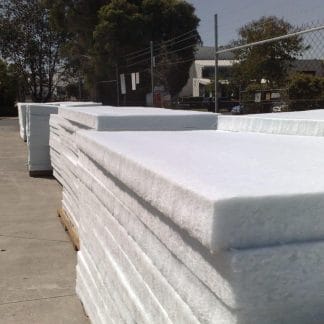

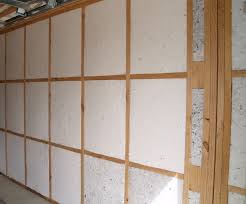
Polyester Acoustic Panels – High-Density Soundproofing
$10.07 – $48.40Price range: $10.07 through $48.40Select options This product has multiple variants. The options may be chosen on the product page -

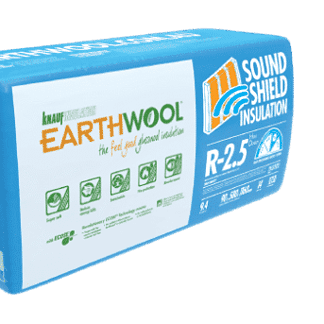


Earthwool Acoustic Batts
From $18.18 p/m2 inc GSTSelect options This product has multiple variants. The options may be chosen on the product page -


Soundscreen Acoustic Batts
From $16.23 p/m2 inc GSTSelect options This product has multiple variants. The options may be chosen on the product page -

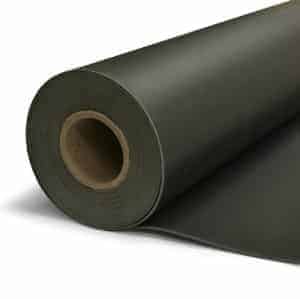

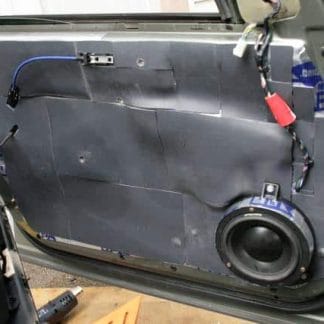
NuWave Base Mass Loaded Vinyl – Australian Made
From $39.90 p/m2 inc GSTSelect options This product has multiple variants. The options may be chosen on the product page -

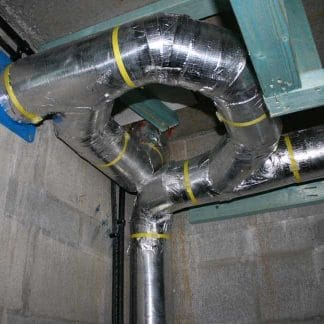


Acoustic Pipe Lagging Insulation- Thermotec Nuwrap5
$152.70 – $184.25Price range: $152.70 through $184.25Select options This product has multiple variants. The options may be chosen on the product page -

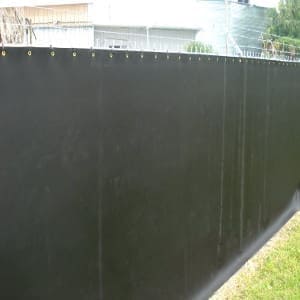


Mass Loaded Vinyl – Treated for UV Radiation
$264.65 – $417.87Price range: $264.65 through $417.87Select options This product has multiple variants. The options may be chosen on the product page -

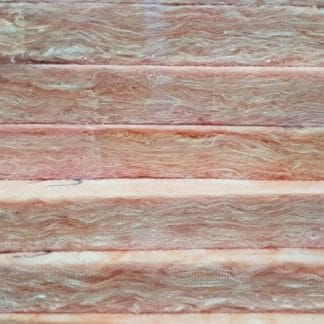


Glass Wool Acoustic Panels – High-Density Semi-Rigid Sheets
$572.59 – $678.02Price range: $572.59 through $678.02Select options This product has multiple variants. The options may be chosen on the product page -

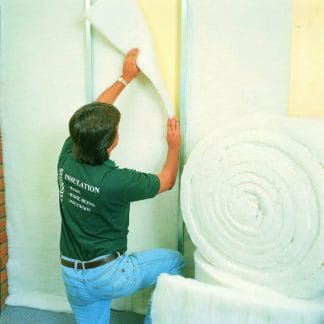


Polyester Sound Blankets
From $4.19 p/m2 inc GST
Medium Density Acoustic Wall Insulation for Commercial PartitionsSelect options This product has multiple variants. The options may be chosen on the product page -

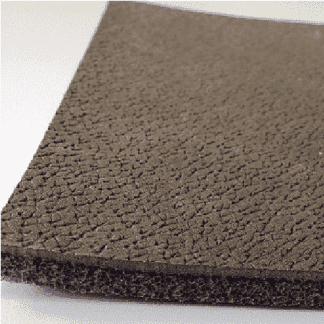
Acoustic Carpet Underlay – Thermotec NuWave
$401.69 – $498.86Price range: $401.69 through $498.86Select options This product has multiple variants. The options may be chosen on the product page

